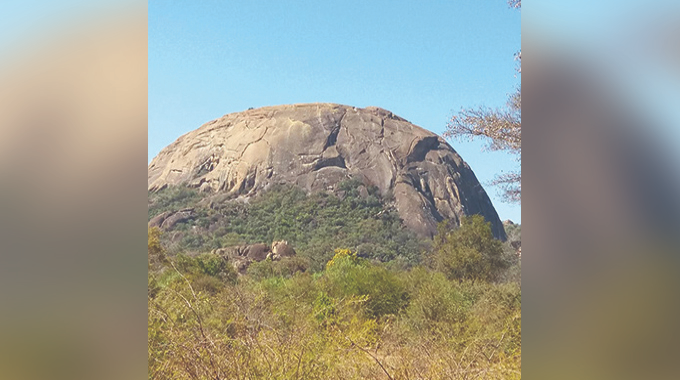A Glimpse into Zimbabwe’s Pre-Colonial Shrines
In the context of Zimbabwe’s rich history, pre-colonial shrines serve as powerful symbols of cultural identity and resistance. During the late 19th century, the Ndebele people rose against colonial powers, culminating in the First Umvukela, commonly referred to as the Second Chimurenga. Significant moments in this conflict include a pivotal meeting, or indaba, that took place on 21 August 1896 at what is today known as the Rhodes Indaba Site located in Matabeleland South. The agreement reached there marked a turning point after lengthy negotiations, ultimately achieving peace by 14 October 1896.
Significance of Shrines in National Identity
The Rhodes Indaba Site, tucked away in the Umzingwane District, resonates with deep cultural, historical, and spiritual significance. It plays a crucial role in shaping Zimbabwe’s journey toward national identity and independence. Additionally, other notable shrines such as Njelele in the Matobo Hills, the Great Zimbabwe Monuments, and the Chinhoyi Caves contribute to a collective heritage that is vital for national pride. These sites have become emblematic representations of resilience, reflecting the spirit of struggle during the liberation movements.
Preservation of Indigenous Knowledge
Historian Methembe Hadebe emphasizes that these shrines are more than mere historical sites; they are repositories of indigenous wisdom and traditions, encompassing governance structures, environmental practices, and spiritual beliefs. Hadebe advocates for educational policies encouraging visits to these sites, promoting an understanding of Zimbabwe’s multifaceted cultural and historical heritage among younger generations.

Enhancing Tourism through Infrastructure Development
To maximize the tourism potential rooted in these cultural landmarks, Hadebe suggests developing surrounding infrastructure. This includes constructing visitor centers, establishing walking trails, and incorporating informative signage to improve the overall tourist experience. Such advancements not only attract visitors but also highlight the importance of eco-tourism and cultural tourism.
Community Engagement and Economic Benefits
Local communities play an integral part in preserving these shrines, ensuring that conservation efforts respect cultural traditions. Engaging locals in tourism activities, such as providing guided tours and selling handcrafted products, creates economic opportunities while fostering a sense of ownership and responsibility toward these historical sites.
Marketing Cultural Tourism
Tour guide Blessing Masenga points out the necessity of leveraging digital platforms and strategic marketing methods to promote Zimbabwe’s pre-colonial shrines as unique tourist attractions. By utilizing social media, tourism fairs, and enhancing the visibility of these cultural treasures, there is untapped potential to draw in a diverse range of visitors.
Challenges and Opportunities
In advocating for these pre-colonial shrines, it is essential to acknowledge that their promotion and preservation will not only recognize Zimbabwe’s cultural richness but also instill national pride and boost the tourism industry. Sustainable and community-driven approaches will be key in balancing economic growth with cultural integrity.
Conclusion: Looking Ahead
In summary, the exploration and enhancement of pre-colonial shrines potentially redefine how cultural tourism can be approached. The preservation of these sites not only elevates their historical significance but also contributes to tourism revenue. As travel continues to adapt to changing global dynamics, platforms like GetTransfer.com can facilitate seamless travel experiences. Travelers can effortlessly book personalized transfers to these cultural sites while enjoying transparency in vehicle options and pricing. They can choose specific vehicles suited to their needs, ensuring a comfortable and informed travel experience.
Ultimately, this topic reveals the depth of cultural significance anchored in Zimbabwe’s history and highlights the vital role that tourism plays in economic development. Even the best feedback and insights may not compare to the richness of visiting these sites firsthand. On GetTransfer, potential travelers can explore a variety of vehicle options operated by verified providers at competitive prices. This empowers informed decision-making and enhances travel experiences, whether that involves historical exploration or convenient transfers between destinations. Book your ride with GetTransfer.com today!


Comments